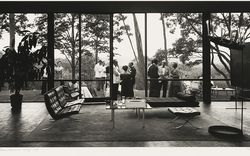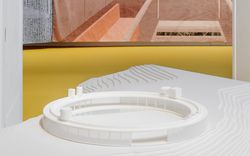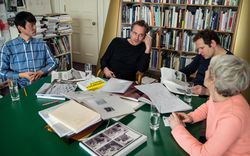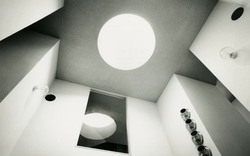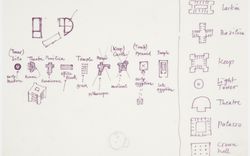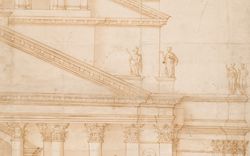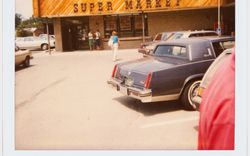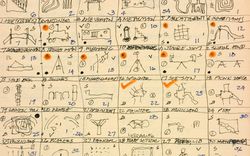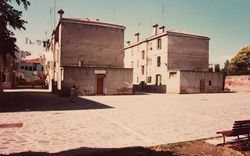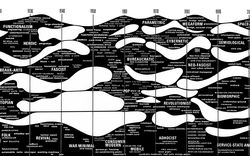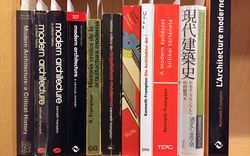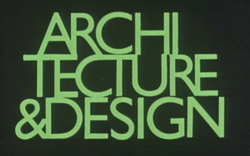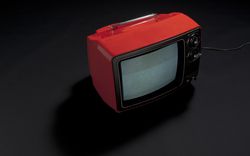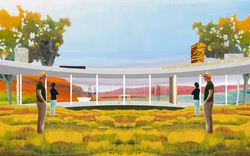We Like Palladio and We Make Our Own Buildings
An excerpt from a conversation between Kersten Geers, Go Hasegawa, and David Van Severen
- KG
- As an architect, you’re always searching for a constraint, such as the client’s needs, the site, the context, or the program. History adds complexity to this; it offers an interesting cultural constraint. It helps you to not entirely embrace the current world as it is, to establish a healthy distance from the present.
- GH
- I like to do projects that push me and that let me discover something new. A constraint like history is very important in helping me go beyond my imagination, my context, or my experience. And so a conversation with history—and of course with people and places—is essential. This is a new attitude in our generation—for a long time, history was a sort of enemy for architects, something to overcome.
- KG
- I think what both our practices are doing with history is constantly and implicitly looking for references—the kind of references that are part of the cultural world. If your work loses those references, there’s nothing left. We need to understand where something belongs; we would like to inscribe ourselves and our work in a long thread of the history of architecture.
- DVS
- All these ideas, all these references, all these solutions, and all these principles are a very big box. But I think the difficulty is how you activate this. How do you activate it without making it gratuitous? You can use anything. When does something work and when does it not work? I think Go, Kersten, and I share an interest in this question, and we do not have a clear answer to it.
- KG
- As an office, David and I are very interested in history. But that means we’re interested in the history of architectural types. We’re interested in a history of how architecture looks, and it always looks different. We are interested in references, but we use them lightly. Good architecture is not simply a translation of one idea; it’s always a translation of many ideas.
- GH
- History for me is a way of communicating with time through the building. Elements and typologies of architecture have existed for a very long time. Today they are taken as symbols and models, as something dead. But they are far from being dead. They remain deeply related to human life, so they should be regarded as something living that can still be polished and improved. When rethought, they become something that is old and new at the same time. There is no specific period that I look to—I am interested in everything. I never think about whether a certain idea is contemporary or not. We use contemporary materials and techniques, so in the end we do contemporary architecture, but this is not done on purpose. We are contemporary in time, so we make contemporary architecture.
- KG
- I totally agree with what Go is saying: you make a building today, so it should be made with the materials of today, in the context of today, and with the economic logic of today. History does not just give you ideas. It gives you a context, and it shows you how certain contexts create certain ideas.
- DVS
- When the older generation referred to Palladio, the result was a copy of a column or a pediment. But we like Palladio and we make our own buildings. You could call this a misreading of history, but it’s productive and fundamental to our practice.
This conversation took place in the context of our 2017 exhibition Besides, History: Go Hasegawa, Kersten Geers, David Van Severen.
